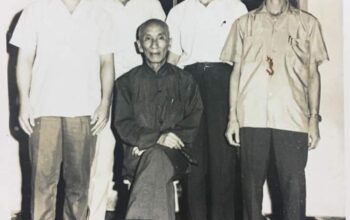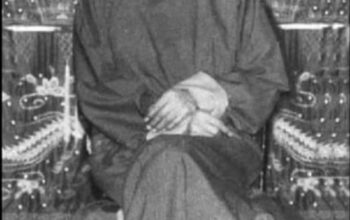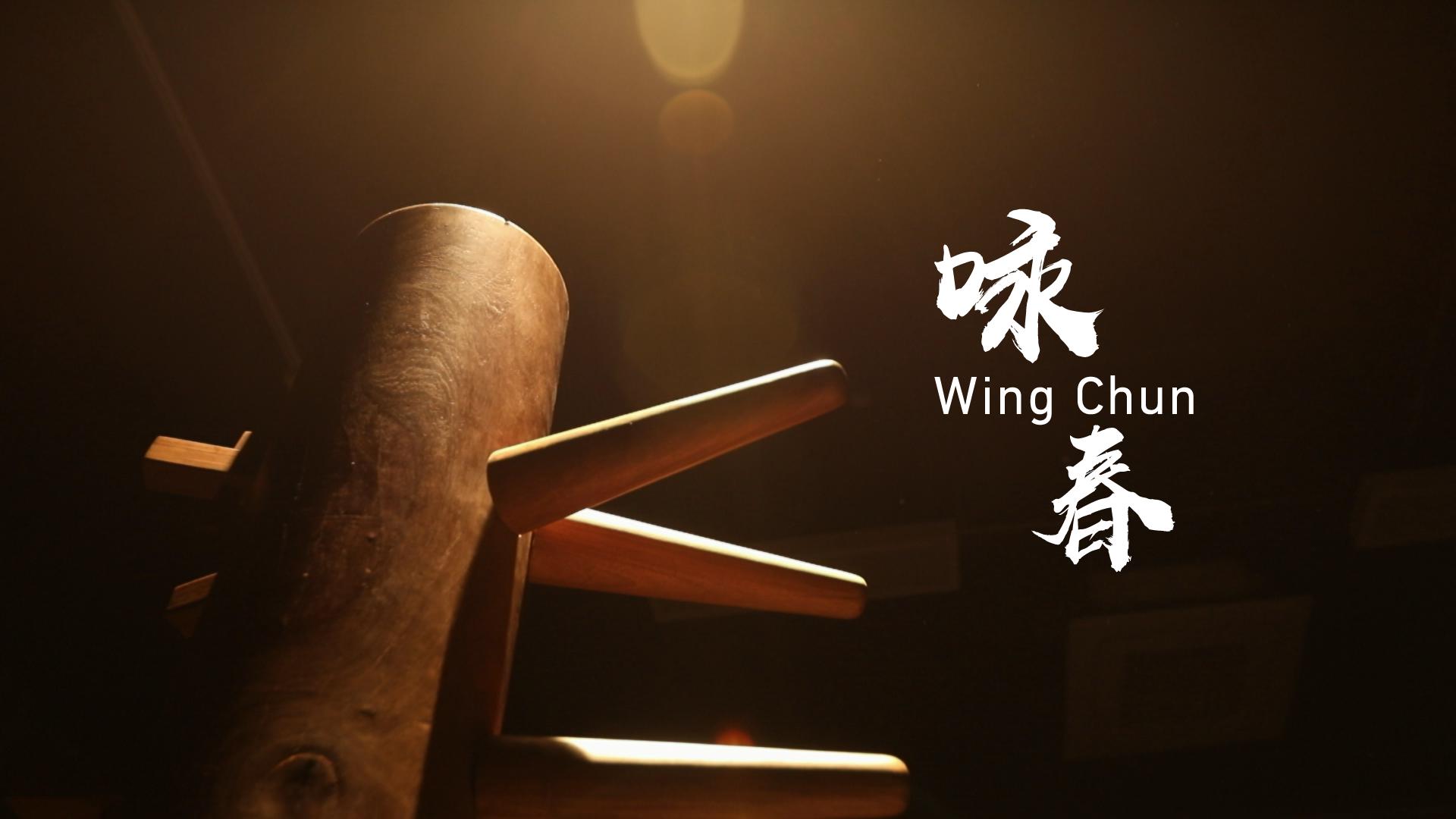Wing Chun is a Chinese martial art known for its emphasis on sensitivity and the ability to read and respond to an opponent’s movements with precision. Sensitivity training is a crucial aspect of Wing Chun, as it allows practitioners to anticipate and intercept attacks effectively. In this article, we will explore how Wing Chun trains sensitivity and its significance in the practice of this martial art.
At its core, Wing Chun’s sensitivity training is based on the concept of “Chi Sau,” which translates to “sticky hands.” Chi Sau is a dynamic training drill where practitioners engage in close-quarters contact, maintaining constant contact with their partner’s arms or hands. Through this drill, Wing Chun practitioners develop their tactile sensitivity, or “Luk Sau,” which is the ability to feel and perceive subtle changes in their partner’s energy, intentions, and movements.
The practice of Chi Sau involves various drills and exercises that refine sensitivity. Here are some key training methods used in Wing Chun:
- Single Hand Chi Sau: In this drill, practitioners use one hand each to maintain contact with their partner’s forearm or wrist. They focus on maintaining a relaxed but firm connection while sensing changes in pressure, direction, and energy. This drill helps develop sensitivity to an opponent’s intentions and the ability to respond swiftly.
- Double Hand Chi Sau: In this drill, both practitioners maintain contact with both hands, allowing for more complex interactions and exchanges. Double Hand Chi Sau further enhances sensitivity by introducing additional variables and challenges, such as simultaneous attacks and defense, footwork, and angle changes.
- Blindfolded Chi Sau: This advanced training method involves practitioners performing Chi Sau with their eyes closed or wearing a blindfold. By eliminating visual cues, practitioners rely solely on their sense of touch and intuition to perceive and respond to their partner’s movements. Blindfolded Chi Sau sharpens sensitivity and enhances the ability to rely on tactile cues.
- Footwork and Body Awareness: Sensitivity training in Wing Chun is not limited to the arms and hands. Footwork plays a vital role in Wing Chun’s sensitivity development. By focusing on proper weight distribution, balance, and controlled movements, practitioners learn to feel the subtle shifts in their partner’s body weight, positioning, and intentions.
The goal of sensitivity training in Wing Chun is not merely to react to an opponent’s movements but to proactively intercept and control the fight. By developing a heightened sense of touch, Wing Chun practitioners can effectively read their opponent’s energy and intentions, enabling them to respond with precise and well-timed techniques.
Sensitivity training in Wing Chun has several benefits:
- Timing and Precision: Sensitivity training hones a practitioner’s ability to time their techniques accurately. By understanding the subtle changes in pressure, speed, and positioning, practitioners can launch their attacks with precision, catching their opponents off-guard.
- Adaptability: Wing Chun’s sensitivity training allows practitioners to adapt quickly to changing circumstances. They learn to adjust their techniques and footwork dynamically based on the feedback they receive through touch, enabling them to maintain control and exploit openings.
- Efficiency of Motion: Sensitivity training helps practitioners develop efficient and economical movements. By being sensitive to their partner’s energy, they learn to conserve their own energy and execute techniques with minimal wasted motion.
- Defensive Reflexes: Sensitivity training enhances a practitioner’s ability to defend against incoming attacks. By perceiving the subtle changes in pressure and intention, practitioners can preemptively intercept and redirect attacks, nullifying the opponent’s offensive capabilities.
In conclusion, sensitivity training is a fundamental aspect of Wing Chun. Through drills like Chi Sau, Wing Chun practitioners develop their tactile sensitivity, enabling them to read and respond to their opponents with remarkable precision. Sensitivity training cultivates timing, adaptability, efficiency of motion, and defensive reflexes.







